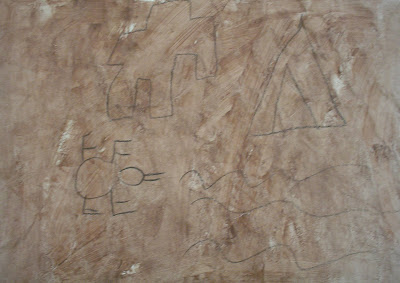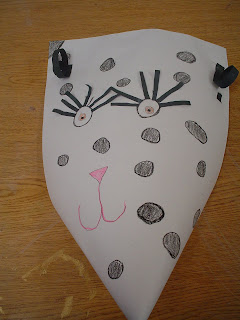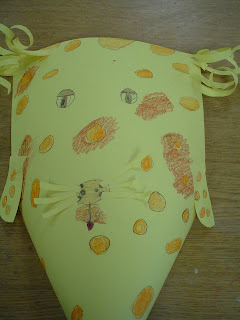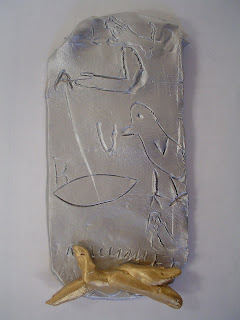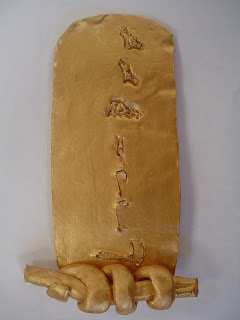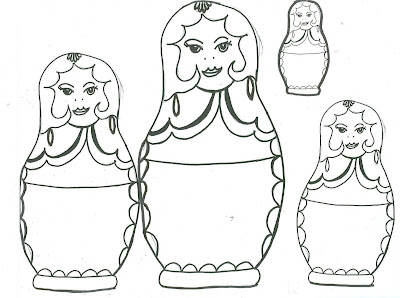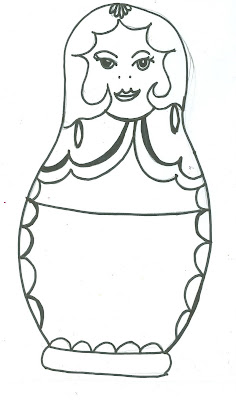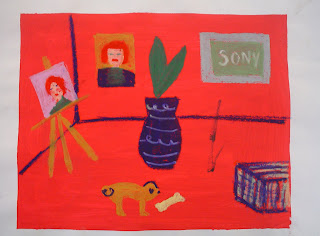
Miss Liza Camhi
Art Lesson Plan~Matisse Red Rooms
Grade(s): 3rd# of sessions: 3
Art Resources:~ teacher product, Red Room (Interiors, Studio)paintings by Henri Matisse, Getting to Know the World’s Greatest Artists: Henri Matisse by Mike Venezia, and elements of art cube.
Art Materials: 1 sheet of 11”x14” white paper per student, red paint, masking tape, pencils, erasers, 8”x10” sketch paper, red tempera paint, large paintbrushes, smocks, and oil pastels.
Major Goals/N.V.~ State Standards addressed in this lesson:
1.0 Students know and apply visual arts media, techniques, and processes.
4.0 Students understand the visual arts in relation to history and cultures.
5.0 Students analyze and assess characteristics, merits, and meanings in their artwork and the work of others.
Essential Concepts, Skills, and Experiences- 3rd Grade1.2, 1.5, 2.3, 4.1,and 4.11
Objectives- Student will:
*critique the Red Room paintings using the elements of art.
* evaluate his work in relation to the influence of Matisse’s Red Room paintings, the elements of art, and craft.
*engage in historical inquiry to answer why Matisse used color so boldly and vibrantly (especially red).
*use his knowledge of how Henri Matisse used the elements of art to create his own artwork in the style of Matisse.
*use paint and oil pastel together to create an original work of art.
Relation to life/Why this lesson is important: Student will evaluate the use of the elements of art in a master artist’s work and use that knowledge to create an original work of art.
Interdisciplinary Connections: History
Vocabulary: Henri Matisse, elements of art (shape, line, color, space, and texture), composition, color scheme.
Procedure: Day 1: Student will participate in a game/discussion about the Red Room paintings by Henri Matisse. Student will toss the elements of art cube to a peer, whichever elements faces up the student must relate to the Red Room paintings. Student will listen to teacher read Getting to Know the World’s Greatest Artists: Henri Matisse by Mike Venezia pgs. 3-12. (Essential Question 1) Student will view teacher product and discuss project. Student will create a sketch of a room in pencil on 8”x10” white paper. The room must contain at least 4 elements (works of art, furniture, technology) Day 2: Student will review vocabulary and the previous weeks reading.~ Student will listen to teacher read Getting to Know the World’s Greatest Artists: Henri Matisse by Mike Venezia pgs 13-23. (Essential Questions 4-6) Student will review the teacher product. Student will view a demonstration on how to tape the edges of his work for painting. Student will tape the edges of his 11”x14” paper and paint red tempera inside the masked area. Day 3: Student will review vocabulary and the previous week’s reading.~ Student will listen to teacher finish reading Getting to Know the World’s Greatest Artists: Henri Matisse by Mike Venezia. Essential Questions (7-9). Student will review the teacher product and directions for the project. Student will watch a demonstration on how to use oil pastel to draw and color his picture in (add perspective). Student will draw and color his 4+ room elements in with oil pastel. Student will bring his picture to the teacher for critique and grade.
Essential Questions:
1. How would you feel if you were Henri Matisse when his father would not support his decision to be an artist?
2. Do you like how Matisse made his rooms so brightly red? Why or why not?
3. Would you like your bedroom to be bright red? Why or why not?
4. Why was Matisse called a wild beast?
5. How do you think Matisse felt about being called a wild beast?
6. How would you feel if you were Matisse and because of the way you painted someone called you a wild beast?
7. In Harmony in Red what areas look 3-d and what areas look flat?
8. In the Red Studio what colors other than red did Matisse use?
9. Why do you think as he got older his paintings got brighter?





